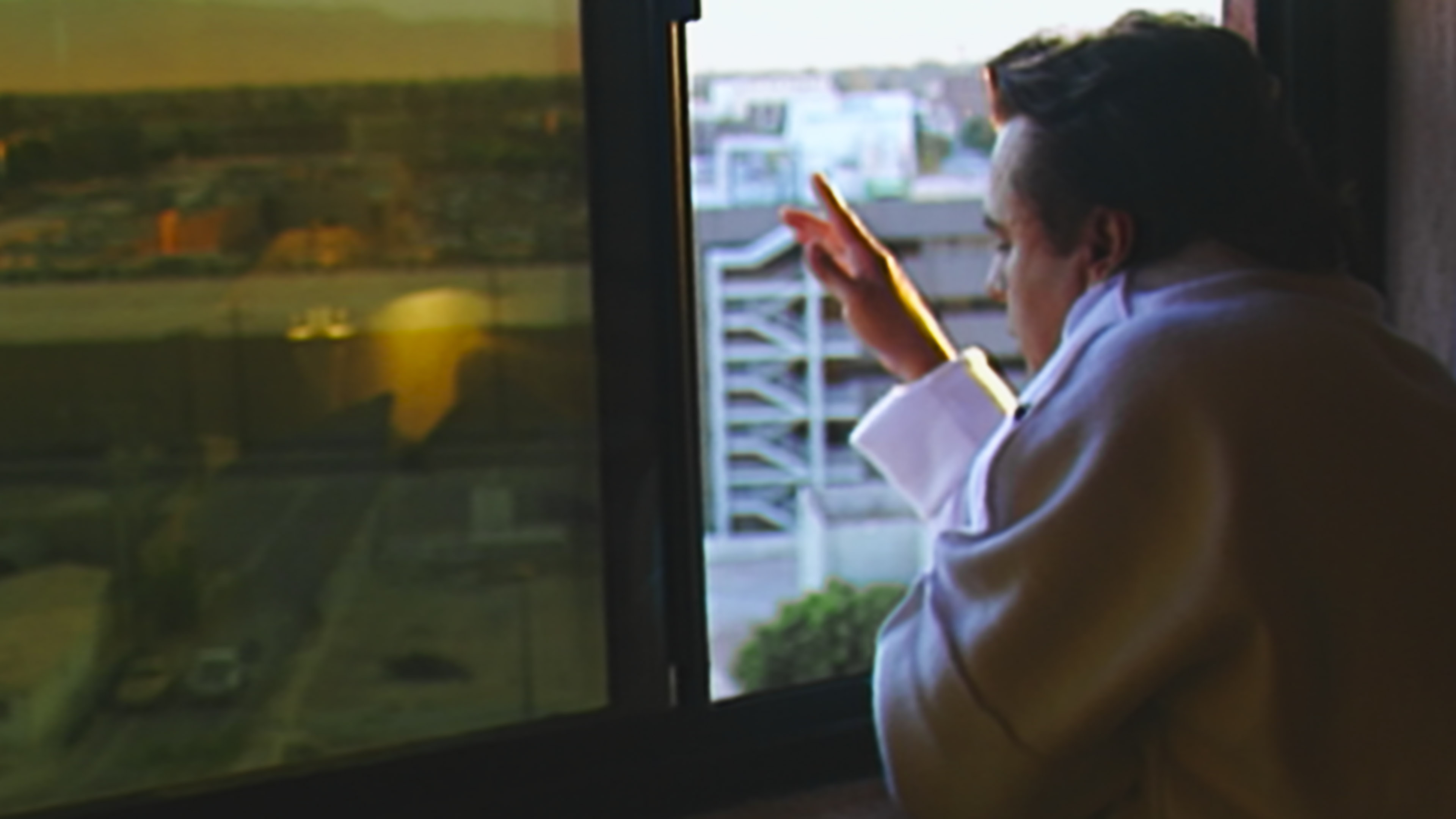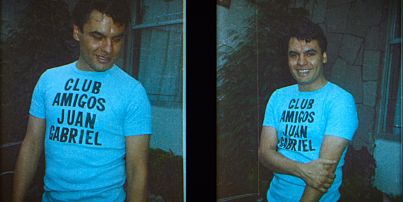
Netflix's new four-part documentary Juan Gabriel: Debo, Puedo y Quiero (I Must, I Can, I Will) offers the most intimate look ever at the life of Mexico and Latin America's most beloved artist. Through more than 2,000 hours of personal footage, handwritten notes, and recordings, Juan Gabriel tells his story in his own voice, a voice that seems to return from beyond the grave to prove, once again, that "El Divo de Juárez" is eternal.
The production, directed by María José Cuevas, draws from an astonishing private archive that Juan Gabriel himself filmed and catalogued for decades, which used was authorized by his estate. Cameras followed him through studios, stages, and lonely hotel rooms, revealing a man who turned pain into music, and solitude into art.
Below, paired with over thirty powerful images from his personal collection and career, are the most haunting revelations that have stunned fans and critics alike.
Abandoned at Age Five
Born Alberto Aguilera Valadez in Parácuaro, Michoacán, he was only five when his mother placed him in a boarding school for impoverished children in Ciudad Juárez. No one visited him for seven years. The series reconstructs his childhood through his own writings and early songs, a portrait of heartbreak and resilience.
Rejection That Fueled a Lifetime
When he finally escaped the orphanage as a teenager and found his mother, she refused to take him back. That rejection, according to friends and letters he left behind, became the driving force of his career. He promised himself to become so successful that she would one day feel proud of him.
Abuse by a Priest
Perhaps the documentary's most painful revelation comes directly from Juan Gabriel's private diaries. At thirteen, while working as a servant for a local priest, he was raped. The confession appears in his handwriting, read aloud over blurred archival images. The scene has shaken audiences across Latin America and is one of the reasons the series has been described as both devastating and necessary.
Four Stays in Jail
The artist's early years were marked by poverty and misunderstanding. He was jailed four times, twice for minor thefts, once during his youth for "being afeminado," and again as a young adult after being falsely accused of robbery. He later said those experiences made him fearless onstage.
The Dual Life: Alberto and Juan Gabriel
The docuseries reveals how the shy, soft-spoken Alberto Aguilera created the larger-than-life performer Juan Gabriel as armor. On stage he was adored by millions, but offstage he lived in near isolation. That split identity became both his salvation and his curse.
Loneliness Behind the Lights
Even as he sold out arenas and collaborated with global stars, Juan Gabriel's private notes and tapes show a man who often dined alone after shows, writing songs through sleepless nights. His music, as the documentary suggests, was his only consistent companion.
Financial Troubles Despite Fame
The Netflix series doesn't shy away from his battles with money and control of his own catalog. Despite earning millions, the singer often faced lawsuits and contractual disputes that left him drained. "He gave everything away, love, songs, money, because he couldn't bear to say no," says one longtime associate interviewed in the film.
Redefining the Mexican Music Idol
Juan Gabriel shattered Mexico's image of the macho, stoic singer embodied by legends like Javier Solís and Vicente Fernández. With flamboyant costumes, choreographed moves, and unapologetic emotion, he transformed the nation's idea of masculinity and performance. The series underscores how his defiance opened doors for generations of artists.
Passion for Technology and Photography
A surprising detail from his archives: Juan Gabriel was obsessed with filming, recording, and experimenting with new technology. He owned cameras, editing decks, and early digital recorders, often documenting his rehearsals and travels long before celebrity vlogs existed.
@soyjuangabriel Para que no seas tan cruel 🤭🎶 JuanGabriel fy fyp
♬ original sound - Juan Gabriel Oficial - Juan Gabriel Oficial
Through his own words and images, Juan Gabriel: Debo, Puedo y Quiero transforms the icon into a man again, wounded, brilliant, and endlessly creative.
For fans across the Americas, the documentary is more than nostalgia; it is an act of resurrection. His voice, recorded decades ago, narrates his journey from poverty to immortality.
Juan Gabriel may have left the stage, but in this series, he sings once more — proving that legends never really die.









































Originally published on Latin Times






